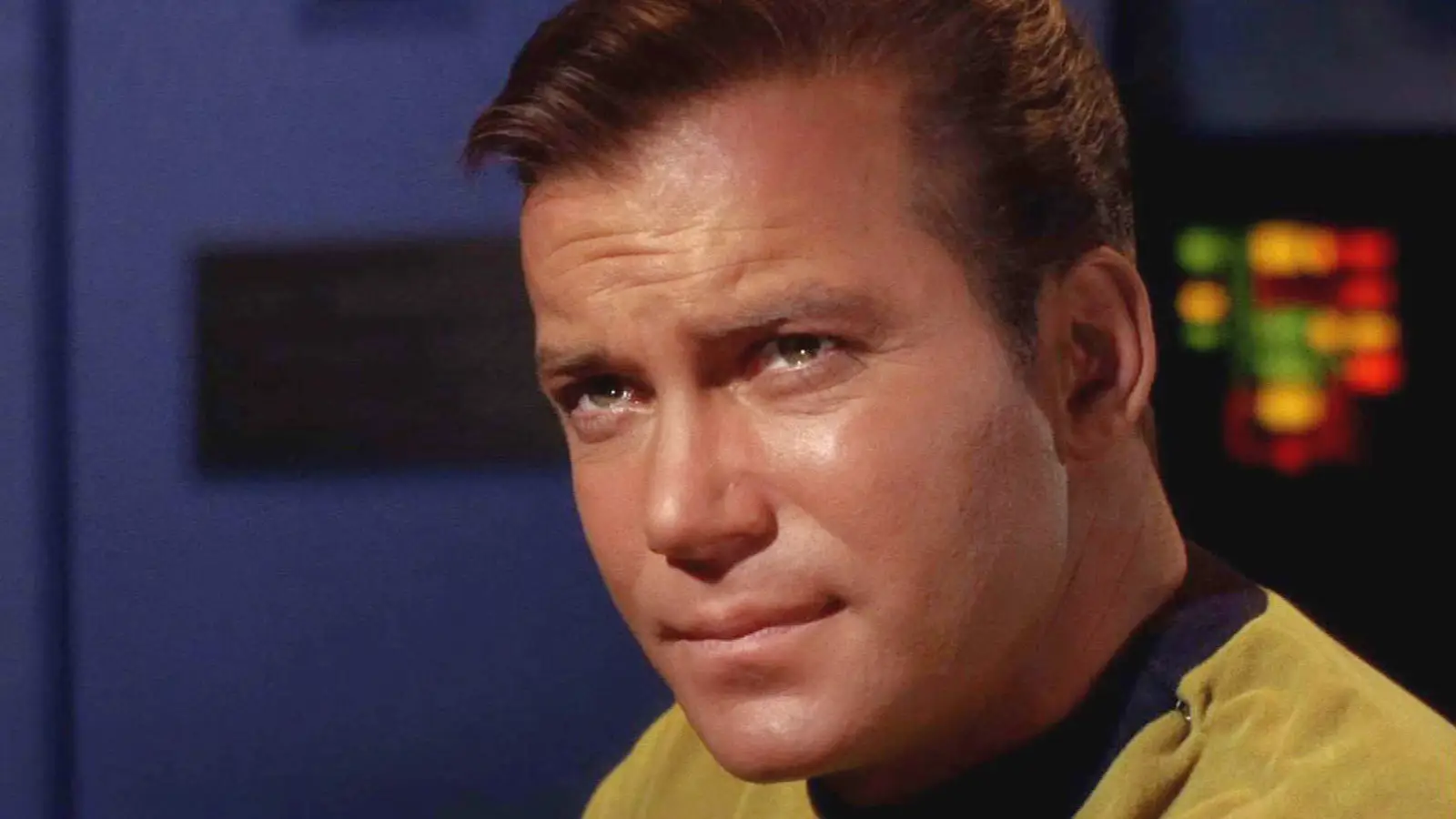Copyright Screen Rant

The holodeck episode is a staple of Star Trek. It's an opportunity to step away from troublesome aliens and oppressed civilizations, and an invitation to explore the fantastical, the historical, and the impossible. The holodeck first became a feature of Star Trek's Federation ships during The Next Generation, although the concept's broad strokes appeared in Star Trek: The Animated Series beforehand. Nevertheless, Star Trek's first true holodeck episode is generally considered to be The Next Generation season 1's "The Big Goodbye," where Picard slips into the guise of Dixon Hill for some noir-ish delights. Things inevitably go wrong, and the crew gets pulled into a markedly less delightful experience. While "The Big Goodbye" was certainly revolutionary for Star Trek, the franchise's first holodeck episode actually happened during The Original Series' debut season 22 years prior. Star Trek: The Original Series Season 1 Had The Very First Holodeck Episode Check the recipe for a typical Star Trek holodeck episode. It starts with one or more crew members needing downtime. They enter a place that brings their fantasies to life, while also turning works of fiction into "real" environments. Before long, some kind of glitch flips those dream vacations into nightmare scenarios, and the protagonists are forced to confront whatever their imaginations conjured up before the problem is eventually fixed. Star Trek: The Original Series season 1's "Shore Leave" fits that description as neatly as any conventional holodeck episode. The story begins with a group of Enterprise officers beaming down to a lush, idyllic planet for some sorely-needed time off. The planet's inhabitants then secretly scan the officers' minds, bringing their thoughts and memories to life. Old stories like Alice in Wonderland and Don Juan are realized in live-action, historical eras collide with samurai and knights sprouting up within minutes of each other, and - since this is 1960s Star Trek - Kirk and McCoy have little trouble generating themselves some female company. But the planet's offerings aren't quite as rosy as they seem. Kirks is attacked by an old enemy, McCoy "dies," Barrows is assaulted by the fleeing Don Juan, and Sulu must fend off armed warriors. The "fix" comes when an enigmatic Caretaker steps in to explain the planet's inner workings and warn the crew not to imagine things that could prove dangerous. Armed with that knowledge, the relaxation can continue. It's exactly the same structure, themes and basic story beats as any of Star Trek's recognized holodeck episodes, and any differences are purely technical. The "holodeck" in "Shore Leave" is an entire planet rather than a deck on the Enterprise, and robots take the place of holograms. Think of the "Shore Leave" planet as a prototype holodeck set to "shuffle." Star Trek's Holodeck Fixed The Big Problems With "Shore Leave" "Shore Leave" may not get enough credit for providing the template future holodeck episodes would follow, but that's partly because it isn't very good. Plagued by last-minute rewrites, "Shore Leave" gets carried away in its premise, introducing one wild fantasy after another with no real logic or direction. It must have been fun to film, but is considerably less fun to watch. By introducing the holodeck (or "recreation room" before that), Star Trek found a way to capture the whimsy and unpredictability of "Shore Leave" inside a more sensible framework. The core "anything you can imagine is possible" idea remains intact, but by making the source of that excitement a piece of technology that the crew members use consciously, the results don't feel plucked from thin air. In other words, Picard envisioning himself as a detective says a lot more about his character than Barrows being attacked by a robotic Don Juan.



